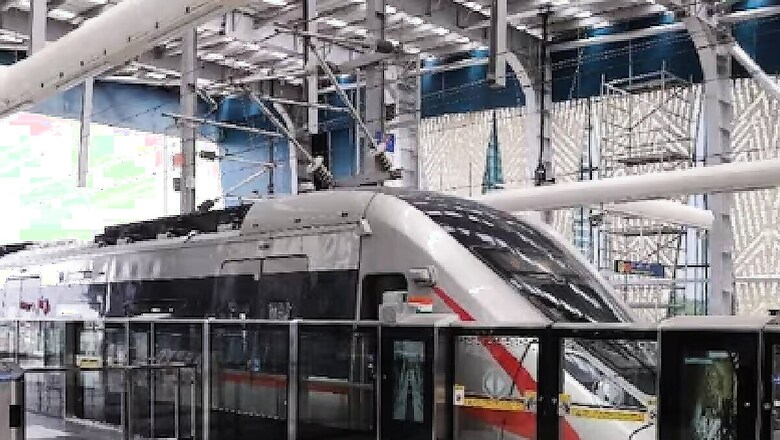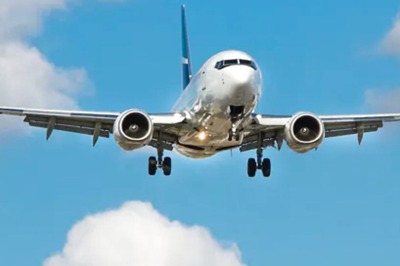
views
As Prime Minister Narendra Modi inaugurated India’s first Regional Rapid Transit System (RRTS) in Ghaziabad on Friday, the goal to have an integrated commuter railway network between the National Capital Region and Delhi moved closer to reality.
From Saturday, the first stretch of the network in Ghaziabad will be opened for the public. Here’s what the RRTS is and how it is different from Metro and conventional train services.
WHAT IS RRTS?
Regional Rapid Transit System is a high-speed rail-based commuter transit service. It is a new, dedicated, and comfortable commuter service, connecting regional nodes in NCR, initially planned in 1998-99.
It provides reliable, high frequency, and point-to-point regional travel at high speed along dedicated pathways. It connects a number of smaller cities with bigger cities, decongesting the region while ensuring better work opportunities.
It is not Metro and also not the conventional railway. It is the best of both, say officials. When compared to Metro, RRTS caters to passengers looking to travel a relatively longer distance with fewer stops and at higher speed. When compared to conventional railway, it is faster, more reliable and frequent.
WHY RRTS?
Delhi being one of the biggest cities in India not just offers a lot of job opportunities but also better education and healthcare. So, it witnesses a huge flow of traffic from smaller cities like Muradnagar, Modinagar, and even Meerut on one side, and Faridabad, Ballabgarh, and Palwal on the other. Similarly, it also witnesses a huge flow of traffic from nearby cities, including Hapur, Rohtak, Khurja, and Panipat, to name a few.
This not just puts pressure on roads but also causes air pollution, for which Delhi is already infamous. A faster alternative for mass movement from these cities will reduce migration, fuel use, travel time, congestion, and traffic on roads, as well as pollution.
Here RRTS comes into the picture, providing safe, reliable and modern intercity commuting solutions.
All the cities named above will be getting RRTS connectivity with Delhi. A total of eight RRTS corridors have been identified to be developed around the national capital. Three of these – for Ghaziabad-Meerut, Gurugram-Rewari-Alwar, and Sonipat-Panipat – have been prioritised for phase-1.
Other routes include Faridabad-Ballabgarh-Palwal, Bahadurgarh-Rohtak, Shahdara-Baraut, Ghaziabad-Khurja, and Ghaziabad-Hapur.
WHAT STARTING OF 17-KM STRETCH MEANS
Running between Sahibabad and Duhai Depot, the section is being introduced for commuters to understand what RRTS is and see what is there in the offing. Since it is the first-of-its-kind train service in India, it will be a unique experience for the travellers.
“We had this section fully ready. The options before us was to wait for the remaining length or to start train operations in this section so that people can become familiar with RRTS and know how it is unique. We will also get an opportunity to learn from passenger feedback,” an official from the National Capital Region Transport Corporation (NCRTC) told News18.
This priority section will connect Sahibabad to Duhai Depot with stations in Ghaziabad, Guldhar, and Duhai on the way.
The 17-kilometre distance between the two stoppages takes around 30-35 minutes by road, which can be covered in just 12 minutes with RRTS, the official told News18.
Travelling in these trains will mean that passengers will get comfortable seats and air-conditioning. The trains will operate at a speed of 160 kmph.
Starting from 6 am, the train service will continue till 11 pm, at a 15-minute frequency.
The minimum fare for the standard class is Rs 20 and maximum is Rs 50. For the premium class, it is Rs 40 and Rs 100.




















Comments
0 comment